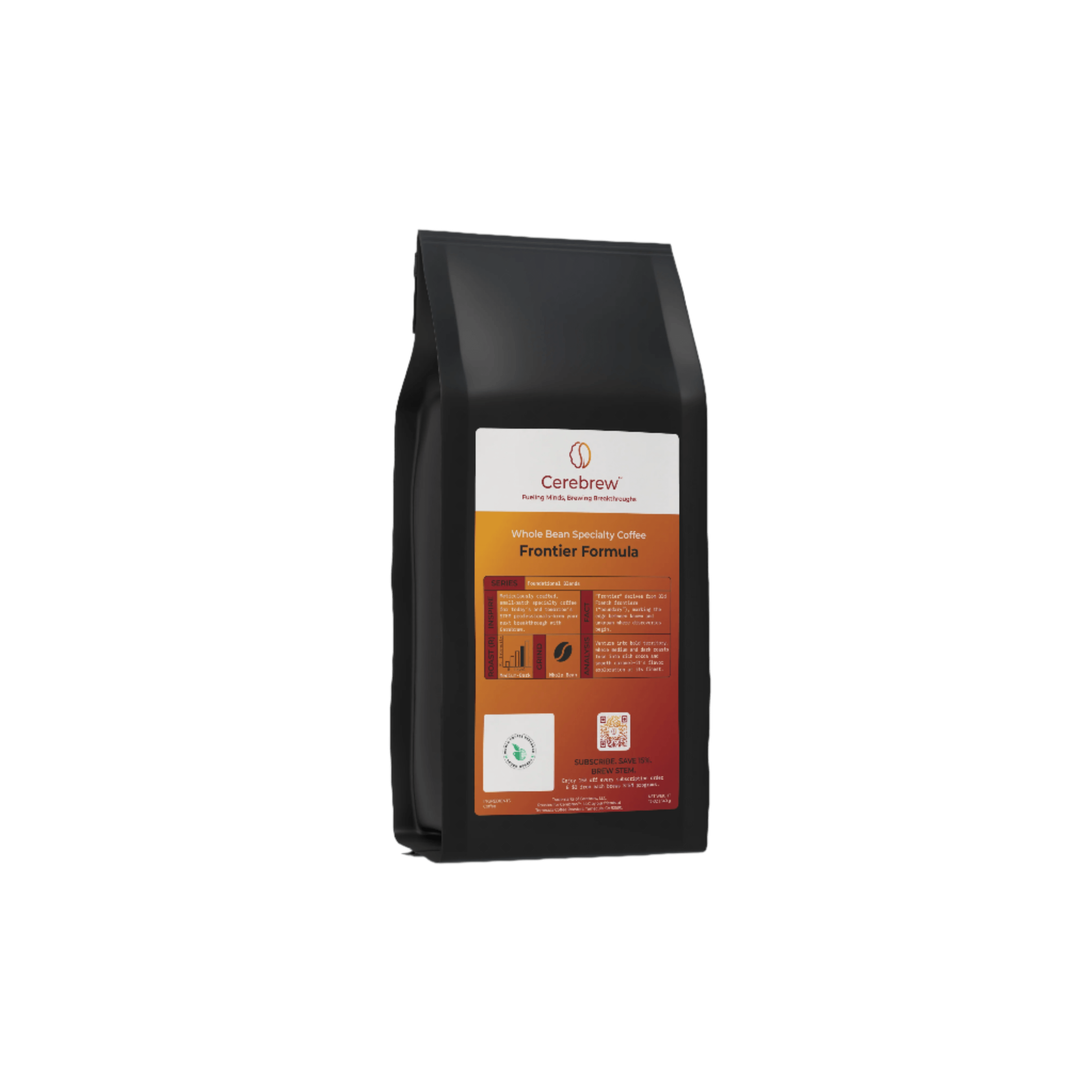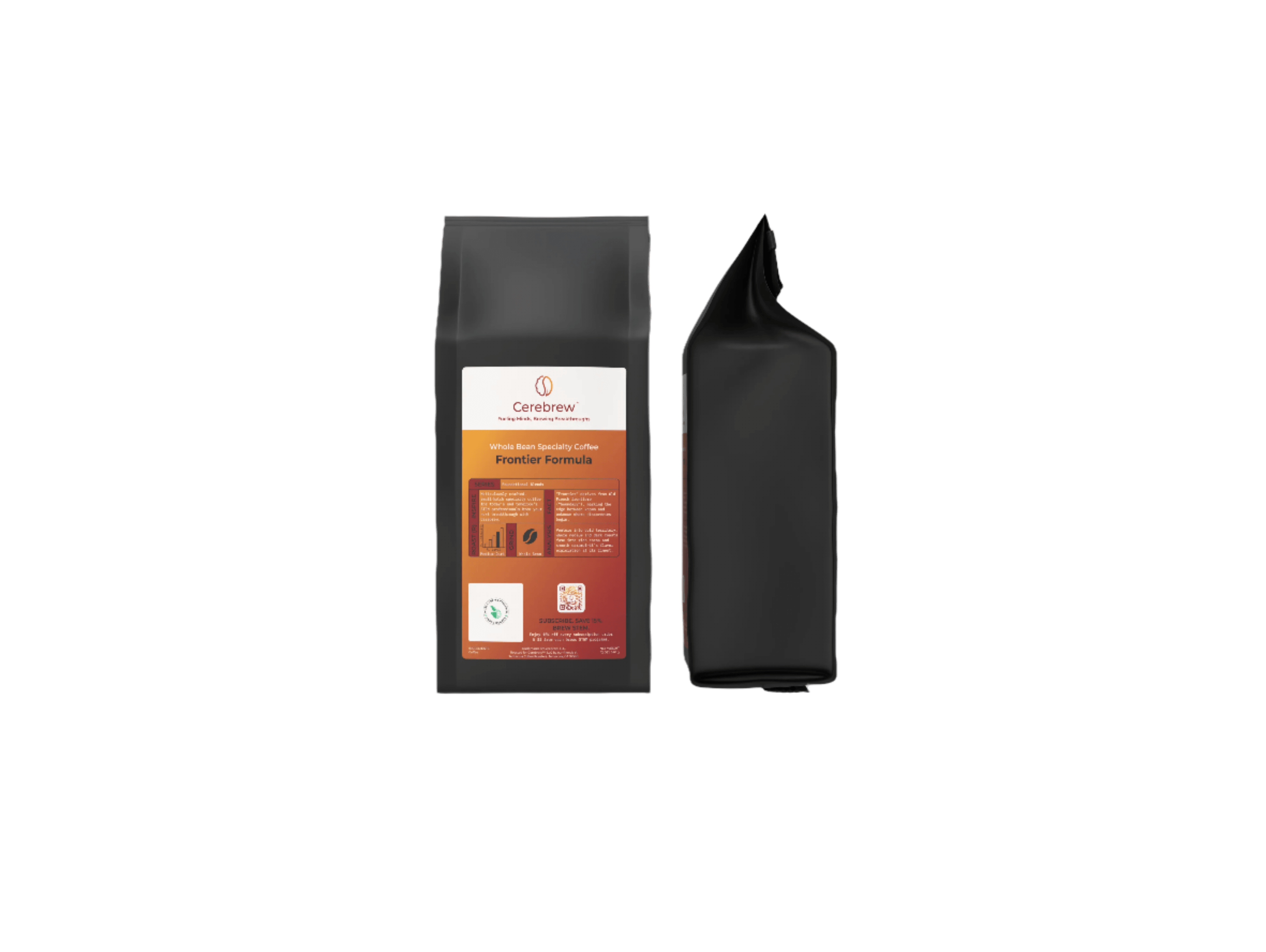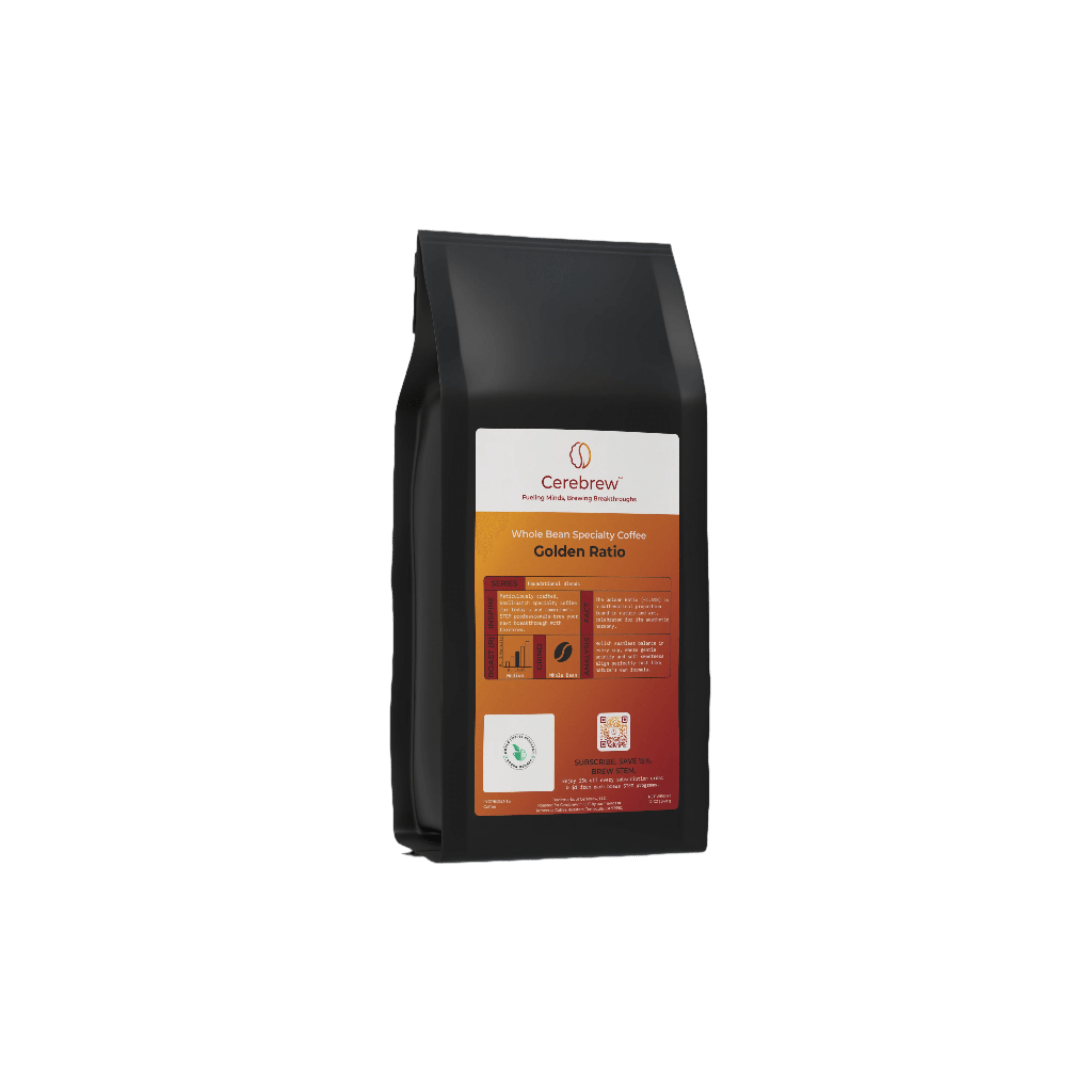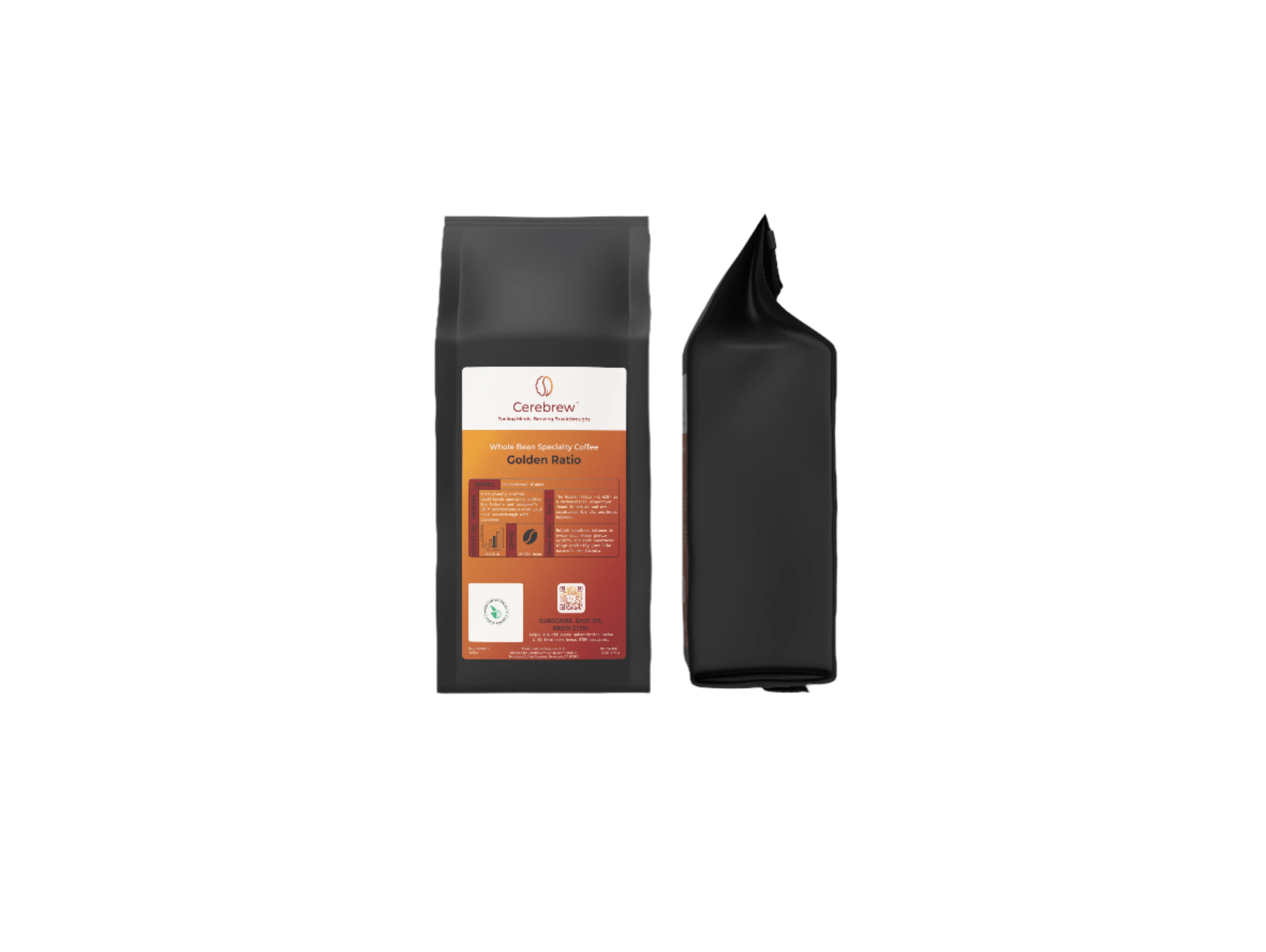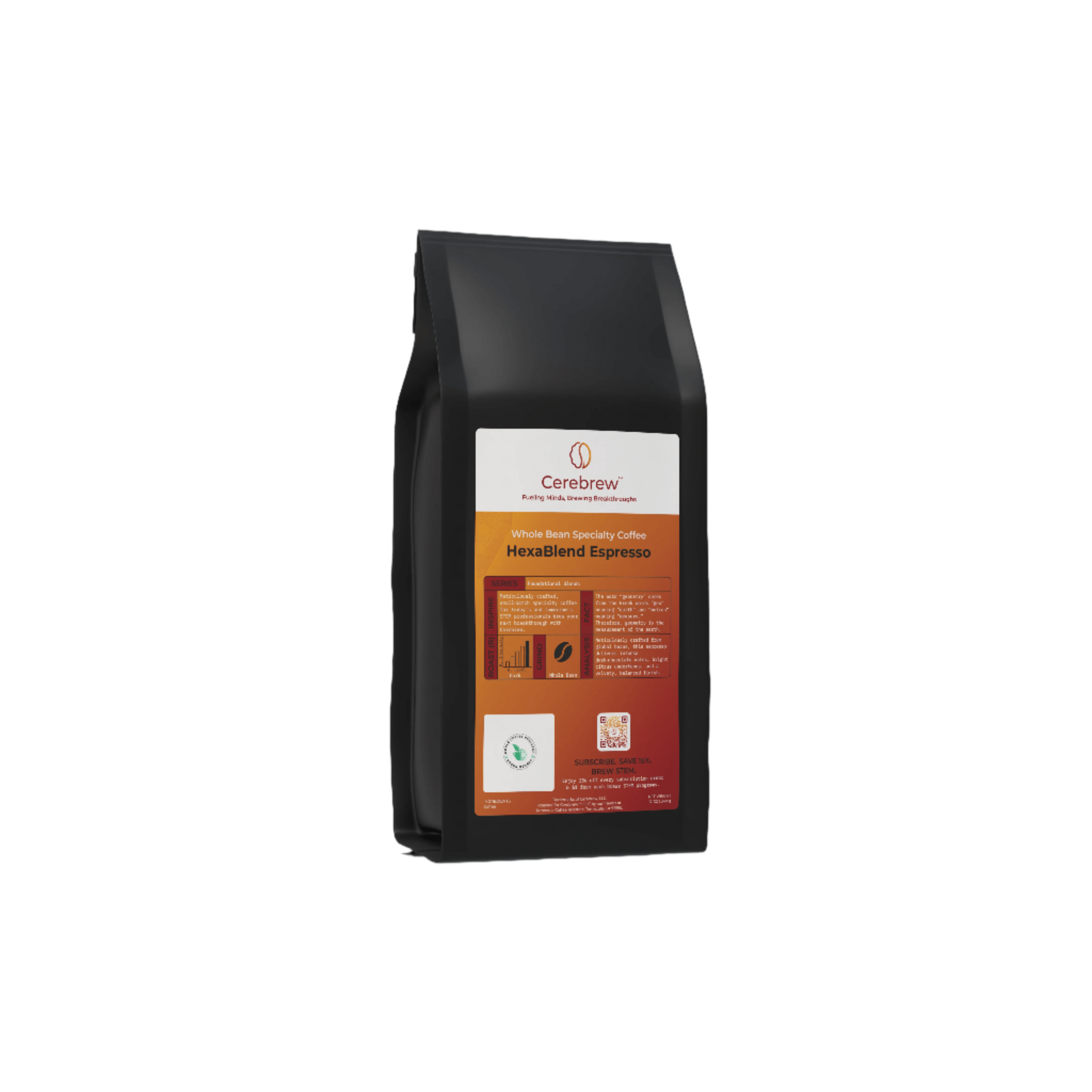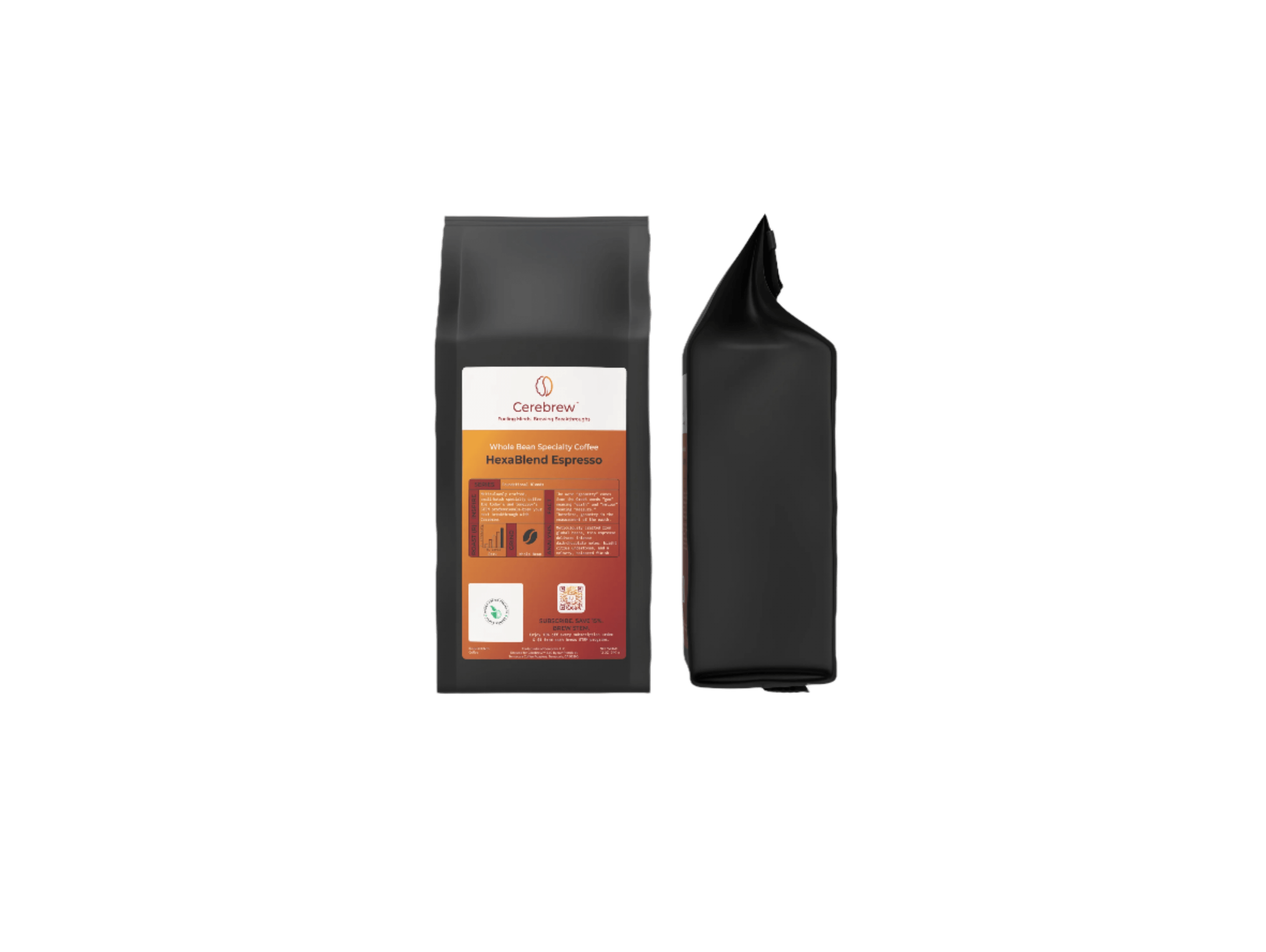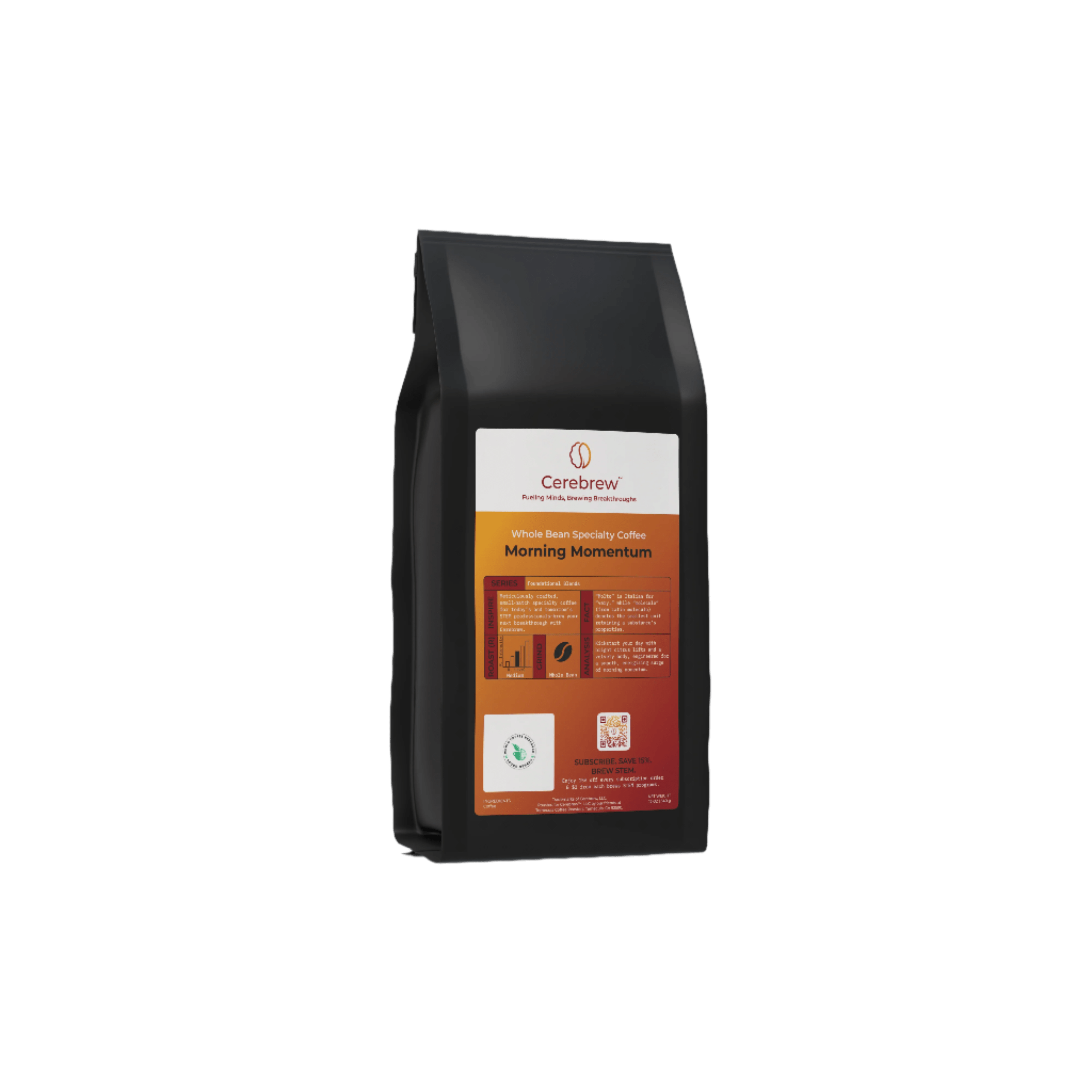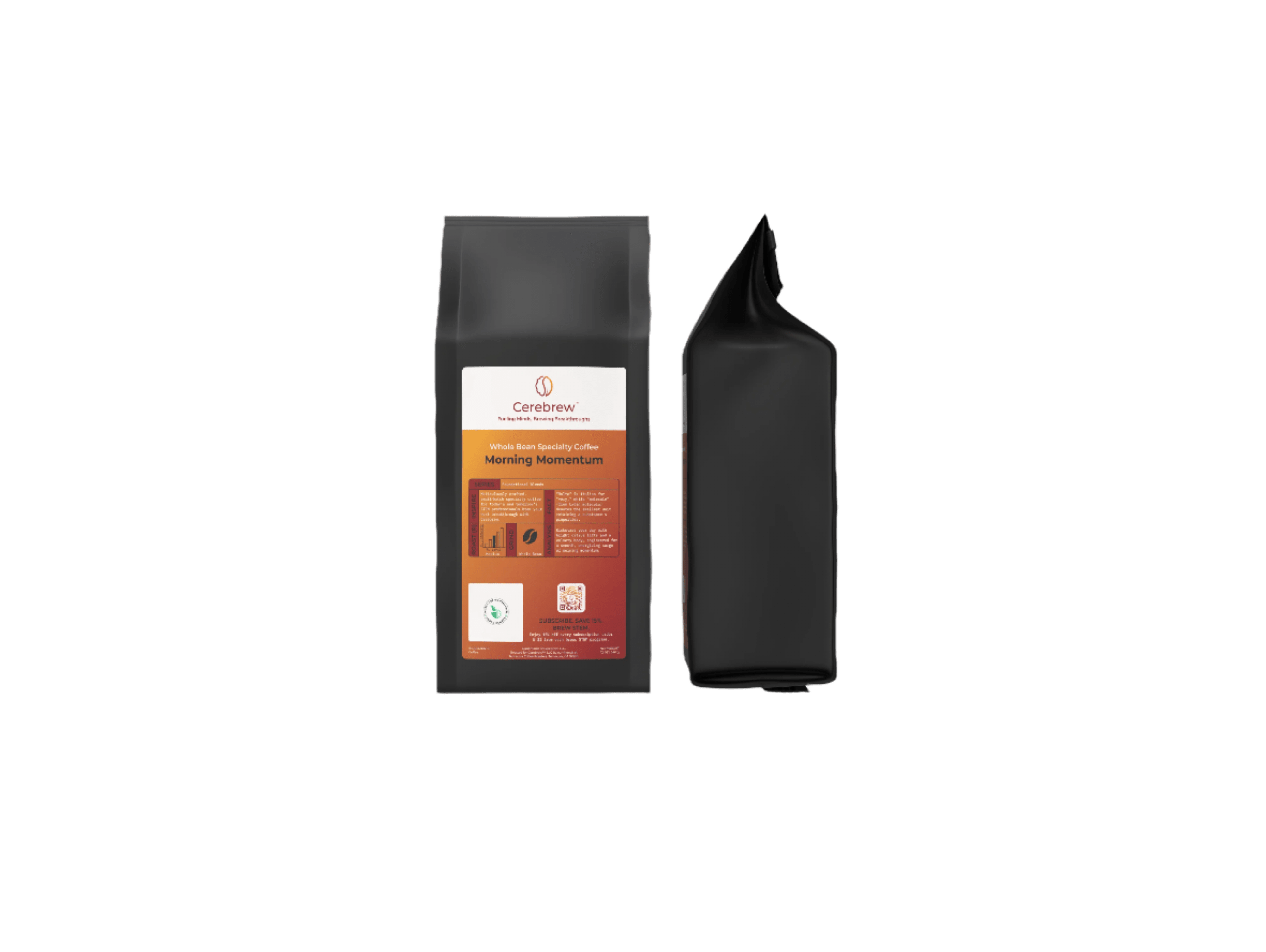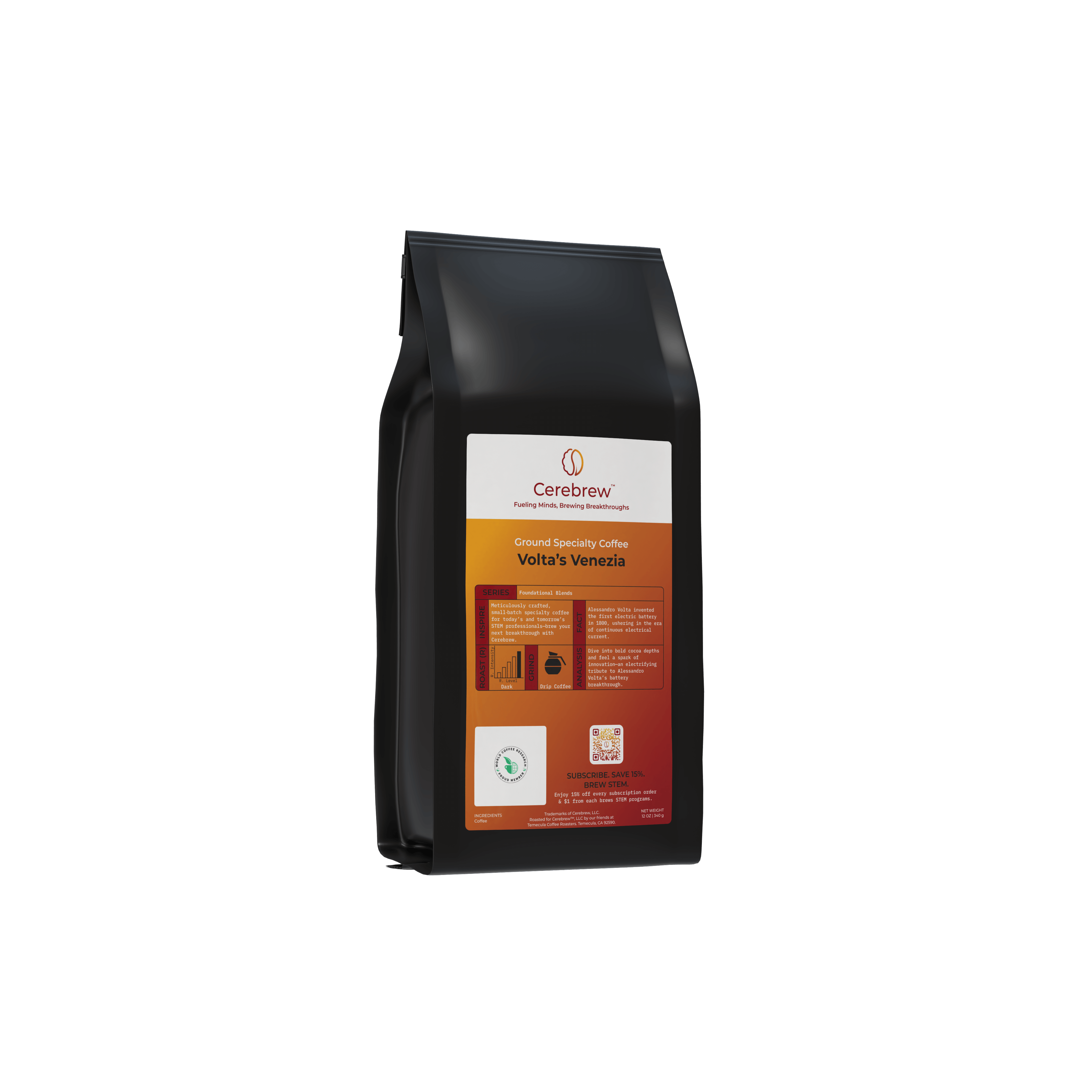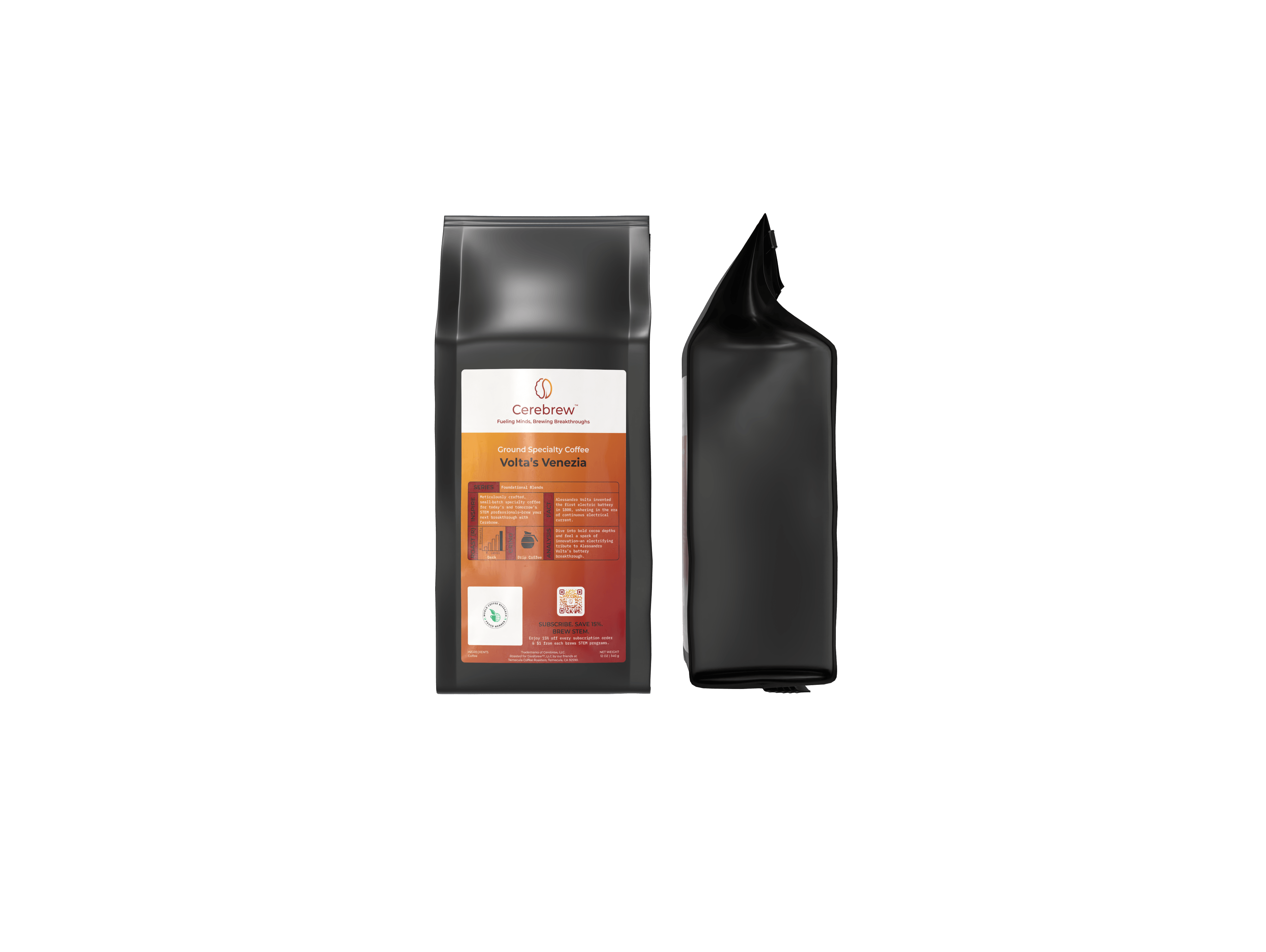Understanding Coffee Bean Production Steps
Coffee is a beloved beverage consumed by millions around the world every day. But have you ever wondered about the journey a coffee bean takes before it reaches your cup? Understanding the coffee bean production steps can enhance your appreciation for this delightful drink. In this article, we'll explore the entire coffee growing process, from the seed to your coffee cup.
The journey of a coffee bean begins with planting. Coffee trees are typically grown from seeds. These seeds are planted in large beds in shaded nurseries. The seedlings are watered frequently and kept shaded from the bright sun until they are hardy enough to be permanently planted outside.
Growing Regions and Conditions
Coffee is grown in the so-called “Bean Belt,” which is the area between the Tropics of Cancer and Capricorn. The main coffee-producing regions are Central and South America, Africa, the Middle East, and Southeast Asia. The trees thrive in rich soil, mild temperatures, frequent rain, and shaded sun.
Cultivation and Harvesting
After about three to four years, the coffee trees start to bear fruit, known as coffee cherries. The coffee growing process involves careful cultivation and monitoring.
Ripeness and Picking
Coffee cherries ripen at different times, even on the same tree, which makes harvesting a labor-intensive process. There are two methods of picking:
- Strip Picking: All cherries are stripped off the branch, either by machine or by hand.
- Selective Picking: Only the ripe cherries are picked by hand, which is more labor-intensive but yields better quality beans.
Processing the Cherries
Once harvested, the coffee cherries must be processed quickly to prevent spoilage. There are two main methods of processing:
The Dry Method
This is an older method of processing, used in regions with limited water supply. The cherries are spread out in the sun to dry. They are raked and turned throughout the day and covered at night or during rain to prevent them from getting wet. This process can take several weeks for the cherries to dry to the optimal moisture content of 11%.
The Wet Method
In the wet method, the pulp is removed from the cherries after harvesting, leaving only the bean. The beans are then fermented, washed, and dried. This method requires more equipment and water but results in a cleaner taste.
Milling the Beans
After processing, the coffee beans undergo milling. This step involves several processes:
- Hulling: Removing the dried husk from the beans.
- Polishing: An optional process that removes any remaining skin from the beans. Polished beans are considered superior, but there is little difference in flavor.
- Grading and Sorting: Beans are sorted by size and weight, and defective beans are removed.
Exporting the Beans
The milled beans, now called green coffee, are ready to be exported. Coffee is one of the most traded commodities in the world, and green coffee is loaded into sacks and shipped around the globe.
Roasting: Bringing Out the Flavor
Roasting is a crucial step in the coffee bean process because it brings out the aroma and flavor locked inside the green coffee beans. Roasting machines heat the beans to temperatures between 370 and 540 degrees Fahrenheit. The beans are kept moving throughout the process to prevent burning.
Roasting Levels
- Light Roasts: Light brown in color, with no oil on the surface. They have a mild flavor.
- Medium Roasts: Medium brown, with a stronger flavor and a non-oily surface.
- Dark Roasts: Dark brown to black, with an oily surface and a pronounced bitterness.
Grinding the Beans
Once roasted, the coffee beans must be ground to prepare them for brewing. The grind size depends on the brewing method. For example, espresso machines use a fine grind, while a French press requires a coarse grind.
The Importance of Freshness
Grinding should be done as close to the brewing time as possible for the freshest taste. Once ground, coffee loses its freshness quickly due to exposure to air.
Brewing: The Final Step
Brewing is the final step in the coffee bean process. There are various methods to brew coffee, including drip brewing, espresso, French press, and more. Each method has its own unique characteristics and results in different flavor profiles.
Enjoying Your Coffee
Finally, after all these steps, you can enjoy a freshly brewed cup of coffee. The next time you take a sip, remember the journey your coffee beans have taken from the seed to your cup.
Conclusion
Understanding how coffee beans are made can enhance your appreciation for this daily ritual. From planting and harvesting to roasting and brewing, each step in the coffee bean process is essential in bringing you the rich flavors and aromas you love.
Whether you prefer a light roast or a dark brew, knowing what goes into producing those beans can make your coffee experience even more satisfying. So, enjoy your next cup of coffee with a newfound respect for the complex journey it has undergone.










